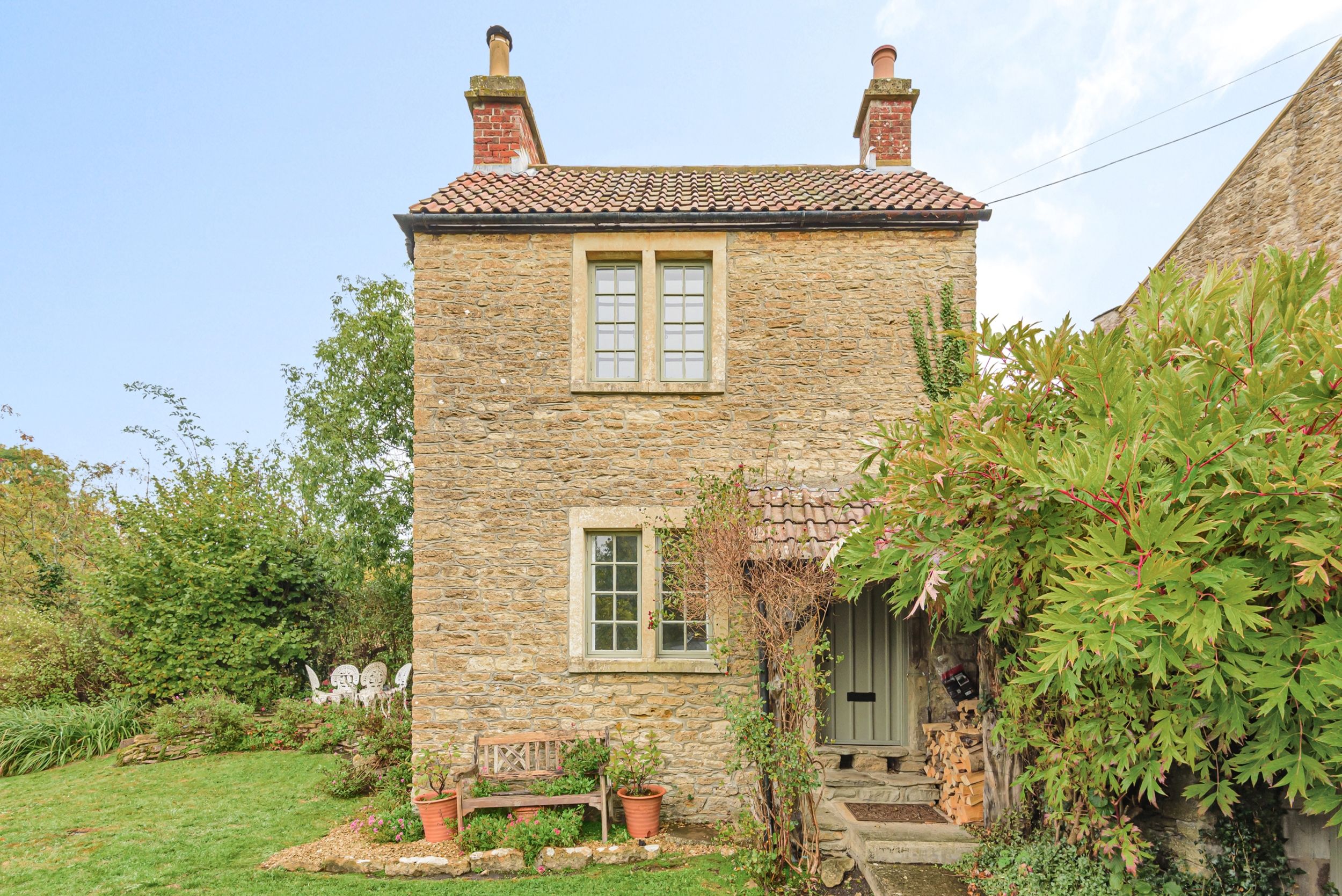Design and Functionality in Small Spaces: Small 1 Bedroom House

Living in a small 1-bedroom house presents unique challenges, but it also offers opportunities for creative and efficient design. By maximizing space utilization, incorporating smart storage solutions, and embracing multi-functional furniture, you can transform a compact dwelling into a comfortable and stylish home.
Maximizing Space Utilization with Smart Storage Solutions, Small 1 bedroom house
Smart storage solutions are essential for maximizing space in a small 1-bedroom house. By incorporating built-in storage, utilizing vertical space, and employing multi-functional furniture, you can create a clutter-free and organized living environment.
- Built-in Storage: Consider incorporating built-in storage solutions, such as shelves, cabinets, and drawers, to maximize vertical space. This can be achieved by utilizing the space under stairs, above doorways, or along walls.
- Vertical Space: Utilizing vertical space is key to maximizing storage. Utilize tall bookshelves, floating shelves, and wall-mounted organizers to store items efficiently.
- Multi-functional Furniture: Employ multi-functional furniture pieces like a sofa bed, a coffee table with storage, or a bed frame with built-in drawers to maximize space and functionality.
The Importance of Natural Light and Ventilation in Small Spaces
Natural light and ventilation are crucial for creating a comfortable and inviting atmosphere in any space, especially in a small 1-bedroom house. Adequate natural light brightens the space, making it feel larger and more welcoming. Proper ventilation ensures fresh air circulation, preventing stuffiness and promoting a healthy indoor environment.
- Maximize Natural Light: Choose light-colored paint for walls and ceilings to reflect natural light, and opt for sheer curtains or blinds that allow sunlight to filter through.
- Enhance Ventilation: Ensure proper ventilation by opening windows and doors to allow fresh air circulation. Consider installing exhaust fans in the bathroom and kitchen to remove moisture and odors.
Creating a Sense of Spaciousness in a Small 1-Bedroom House
A small 1-bedroom house can be made to feel spacious by using strategic color palettes, furniture arrangement, and decorative elements. By creating a sense of openness and flow, you can visually expand the space, making it feel more comfortable and inviting.
- Color Palettes: Opt for light and neutral color palettes, such as whites, creams, and pastels, to create a sense of openness and spaciousness. Avoid using dark colors, as they can make the space feel smaller.
- Furniture Arrangement: Arrange furniture strategically to create a sense of flow and avoid clutter. Place furniture against walls, and use mirrors to reflect light and create a sense of depth.
- Decorative Elements: Utilize decorative elements to enhance the sense of spaciousness. Mirrors can reflect light and create a sense of depth, while strategically placed artwork can draw the eye upwards, making the space feel taller.
Building and Buying a Small 1-Bedroom House

The decision to build or buy a small 1-bedroom house is a significant one, with both options presenting unique advantages and disadvantages. Carefully weighing these factors can help you make an informed choice that aligns with your needs, financial situation, and desired lifestyle.
Comparing Building and Buying
Building or buying a small 1-bedroom house involves distinct considerations. Building offers greater customization and control over design and features, allowing you to tailor the space to your exact preferences. However, it typically entails a longer construction timeline, potential cost overruns, and the complexities of managing contractors and permits. Buying a pre-existing house provides immediate occupancy and may offer more affordable options, but you might have limited flexibility in terms of modifications and renovations.
- Building: Offers greater control over design, features, and materials, potentially leading to a more personalized and efficient space. However, it involves a longer construction process, potential cost overruns, and the complexities of managing contractors and permits.
- Buying: Provides immediate occupancy, potentially offers more affordable options, and may be a faster process. However, you may have limited flexibility in terms of modifications and renovations.
Location Considerations for a Small 1-Bedroom House
Choosing the right location for your small 1-bedroom house is crucial for maximizing your living experience. Consider factors like accessibility, community, and lifestyle to ensure a comfortable and fulfilling living environment.
- Accessibility: Proximity to public transportation, grocery stores, healthcare facilities, and other essential services can significantly enhance convenience and quality of life, especially in a smaller space.
- Community: Consider the neighborhood’s social dynamics, amenities, and overall sense of community. A welcoming and supportive community can enhance your sense of belonging and well-being.
- Lifestyle: Think about your preferred lifestyle and activities. If you enjoy outdoor recreation, consider locations with parks, trails, or proximity to nature. If you prioritize a vibrant social scene, choose a neighborhood with restaurants, cafes, and entertainment options.
Financing Options for Building or Buying
Securing financing for your small 1-bedroom house is a critical step. Explore various options to find the most suitable solution for your financial situation and goals.
- Mortgages: Traditional mortgages are the most common financing method for purchasing a home. They offer fixed or adjustable interest rates and varying loan terms, allowing you to choose a plan that aligns with your budget and repayment preferences.
- Loans: Construction loans are specifically designed to finance the building process, providing funds in stages as construction progresses. Other loan options, such as personal loans or home equity loans, can also be used for building or buying a house, depending on your financial situation and the lender’s requirements.
- Alternative Financing Methods: Explore alternative financing methods like seller financing, where the seller provides the financing, or crowdfunding platforms, which allow you to raise funds from a network of investors. These options may offer greater flexibility and potentially lower interest rates, but they typically involve specific requirements and considerations.
